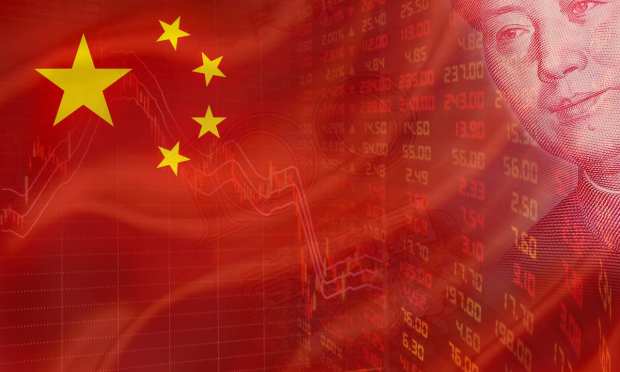Will China’s GDP Rebound (And Retail Spending) Stay The Course?

A rebound, yes, but perhaps ominous signs in consumer spending?
To that end, China released results Monday (Jan. 18) that show its economy grew by 2.3 percent in all of 2020.
The South China Morning Post noted it is the lowest annual reading in decades — in fact, since 1976, when GDP shrank by 1.6 percent as the Cultural Revolution ended.
But then again, growth is growth, and the rebound of course takes into account the huge headwinds of the coronavirus, which sent GDP down high single-digit percentage points earlier in the year.
Drilling down, the fourth quarter showed growth of 6.5 percent, according to the National Bureau of Labor Statistics.
But it’s important to note that much of that growth, as measured on an annual basis, came from industrial output, which grew by 2.8 percent.
Retail A Bit Below Expectations
Not consumption, which, as tied to retail sales, slipped 3.9 percent for the year, and where the rebound from emergence from COVID-era lockdowns has struggled to really gain traction. In December there were gains in this metric, which came in at 4.6 percent growth year over year. But analysts had expected 5.5 percent growth.
Now here, seemingly, is a bit of disconnect. The industrial and manufacturing output presages at least some real pickup in demand. After all, hypothetically speaking, the shirt manufacturer who ramps up production is anticipating that shirts flowing through the supply chain will eventually be cleared off shelves.
But the slowdown in retail sales (where five months of growth have been reported) may imply that consumers are poised to be, well, cautious.
So: The initial bump of GDP growth on the heels of a manufacturing pickup may not translate into growth that might be termed strong. In the end, the propensity to spend is what matters, especially in an economy like China’s, where it’s been estimated that retail sales power 60 percent of GDP, as reported in Global Times. With a bit more granularity in China’s data, online sales of goods were up 14.8 percent year over year to roughly a quarter of all sales, up more than 4 percent than had been seen. That portends a continued digital shift, of course.
“Following new government restrictions amid Covid-19 outbreaks in two provinces, reduced confidence and travel during the Chinese New Year holidays in February could hamper first quarter growth. But, at least for now, we think the risk of major economic impact is low, given China’s track record of containing outbreaks,” Louis Kuijs, Asia Pacific analyst at Oxford Economics, told SCMP.
Global China Daily reported earlier this month that China’s consumption in terms of the interbank transaction volume of UnionPay cards reached 359.2 billion yuan ($55.6 billion) as January dawned roughly the same as a year earlier.
We contend that there are many caveats to that outlook. One, of course, is that China can contain any future outbreaks — and as has been noted in any number of news sources, variants of COVID-19 have been appearing at (so far) isolated spots across the globe, even with the arrival of vaccines. It also remains to be seen whether travel will pick up, significantly, moving forward, which would boost intracountry and cross border spending. We’ve yet, too, to see the full impact of economic stimulus measures aimed at small and micro-sized businesses.
China is a long way away from where it was when the pandemic first hit, at least in terms of GDP headwinds — and yet, still, there is a long way to go.